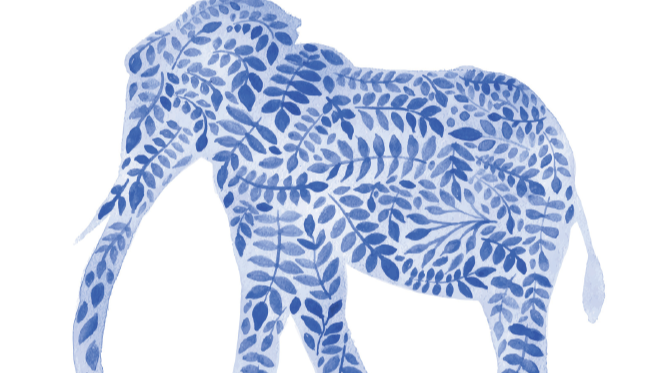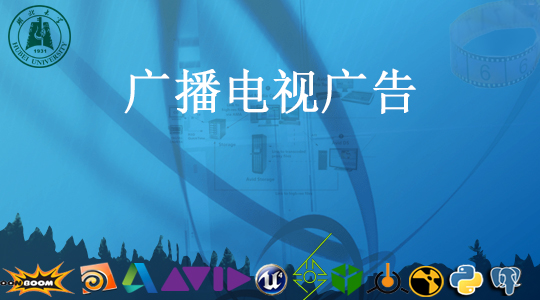
当前课程知识点:光影中的文本 > 第四章 光影中的精神世界 > 4.2 皮亚杰学派 > 皮亚杰学派
Piaget's theory of cognitive development is a comprehensive theory about the nature and development of human intelligence. It was first created by the Swiss developmental psychologist Jean Piaget (1896–1980). The theory deals with the nature of knowledge itself and how humans gradually come to acquire, construct, and use it.Piaget's theory is mainly known as a developmental stage theory. Piaget "was intrigued by the fact that children of different ages made different kinds of mistakes while solving problems". He also believed that children are not like "little adults" who may know less; children just think and speak differently. By Piaget thinking that children have great cognitive abilities, he came up with four different cognitive development stages, which he put out into testing. Within those four stages he managed to group them with different ages. Each stage he realized how children managed to develop their cognitive skills. For example, he believed that children experience the world through actions, representing things with words, thinking logically, and using reasoning.
To Piaget, cognitive development was a progressive reorganization of mental processes resulting from biological maturation and environmental experience. He believed that children construct an understanding of the world around them, experience discrepancies between what they already know and what they discover in their environment, then adjust their ideas accordingly.Moreover, Piaget claimed that cognitive development is at the center of the human organism, and language is contingent on knowledge and understanding acquired through cognitive development.Piaget's earlier work received the greatest attention.
Child-centered classrooms and "open education" are direct applications of Piaget's views.Despite its huge success, Piaget's theory has some limitations that Piaget recognized himself: for example, the theory supports sharp stages rather than continuous development (horizontal and vertical décalage).
Piaget noted that reality is a dynamic system of continuous change. Reality is defined in reference to the two conditions that define dynamic systems. Specifically, he argued that reality involves transformations and states. Transformations refer to all manners of changes that a thing or person can undergo. States refer to the conditions or the appearances in which things or persons can be found between transformations. For example, there might be changes in shape or form (for instance, liquids are reshaped as they are transferred from one vessel to another, and similarly humans change in their characteristics as they grow older), in size (a toddler does not walk and run without falling, but after 7 yrs of age, the child's sensory motor anatomy is well developed and now acquires skill faster), or in placement or location in space and time (e.g., various objects or persons might be found at one place at one time and at a different place at another time). Thus, Piaget argued, if human intelligence is to be adaptive, it must have functions to represent both the transformational and the static aspects of reality.[8] He proposed that operative intelligence is responsible for the representation and manipulation of the dynamic or transformational aspects of reality, and that figurative intelligence is responsible for the representation of the static aspects of reality.
Operative intelligence is the active aspect of intelligence. It involves all actions, overt or covert, undertaken in order to follow, recover, or anticipate the transformations of the objects or persons of interest. Figurative intelligence is the more or less static aspect of intelligence, involving all means of representation used to retain in mind the states (i.e., successive forms, shapes, or locations) that intervene between transformations. That is, it involves perception, imitation, mental imagery, drawing, and language.Therefore, the figurative aspects of intelligence derive their meaning from the operative aspects of intelligence, because states cannot exist independently of the transformations that interconnect them. Piaget stated that the figurative or the representational aspects of intelligence are subservient to its operative and dynamic aspects, and therefore, that understanding essentially derives from the operative aspect of intelligence.
At any time, operative intelligence frames how the world is understood and it changes if understanding is not successful. Piaget stated that this process of understanding and change involves two basic functions: assimilation and accommodation.
(https://en.wikipedia.org/wiki/Piaget's_theory_of_cognitive_development)
-1.1 景别
--景别
--景别
--五个景别
--景别
-1.2 焦距
--焦距
--焦距
-1.3 光线
--影视光线的分类
--光线
-1.4 色彩
--色彩
--色彩
-2.1 声音的分类
--声音的分类
-2.2 声音真实感的五要素
--声音真实感的五要素
-2.3 电影音乐
--电影音乐
--电影音乐
-2.4 电影声音对叙事情节的建构功能
--声音的呈现方式
--声音特性
--声音建构
-3.1 时代与美——新媒体时代传统文化美学的呈现方式
--时代与美——新媒体时代传统文化美学的呈现方式
-3.2 纪录片的拍摄要素——以《180台DV的故事》为例
--DV的故事
--180台DV的故事
-3.3 纪录片对社会的关注和思考
--纪录片对社会的关注和思考
-3.4 纪录片的公益力量
--纪录片的公益力量
--纪录片的公益力量
-4.1 行为主义心理学派
--行为主义学派心理
--行为主义心理学派
-4.1.1 行为主义:场理论在影视中的刺激与传播作用
--场理论
-4.2 皮亚杰学派
--皮亚杰学派
--皮亚杰学派
-4.2.1 影视观众图式的同化顺应学说结合影视运用
--影视观众图式的同化顺应学说结合影视运用
-4.2.2 影视观众接受图式对影视接受的影响和制约
--接受图式
-4.3 人本主义心理学派
--人本主义心理学派
--人本主义心理学派
-4.3.1 影视作品中人物性格塑造的本源依据
--本源依据
-4.4 格式塔心理学派
--格式塔心理学派
--格式塔心理学
-4.4.1 影视摄影创作中的格式塔奠基
--格式塔奠基
-4.4.2 影视作品中生活与艺术表现的连接
--影视作品中生活与艺术表现的连接
-4.5 精神分析学派:弗洛伊德潜意识理论
--弗洛伊德潜意识理论
-4.5.1 潜意识理论对影视作品的创作启示
--潜意识理论对影视作品的创作启示
-4.5.2 影视作品中故事发展的源动力——本能
--本能
-4.5.3 影视作品中人物发展的依据——情结
--情结
-5.1 戏曲音乐要素在纪录片中的应用
--戏曲音乐要素在纪录片中的应用
-5.2 航拍类作品的成功之道
--航拍类作品的成功之道
-5.3 “讲故事”——当今纪录片创作的必然选择
--讲故事——当今纪录片创作的必然选择
-5.4 声音艺术创作分析
--声音艺术创作分析
--声音艺术创作分析

